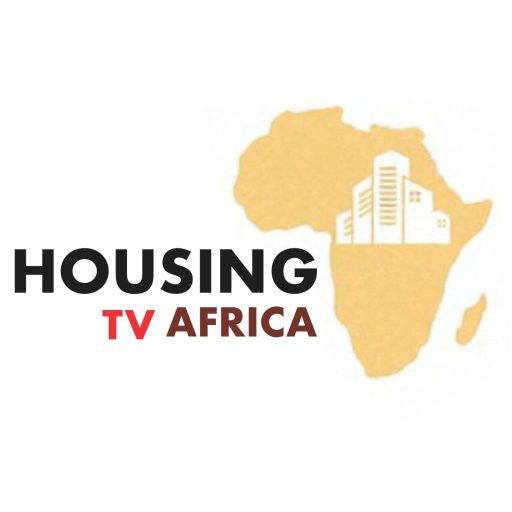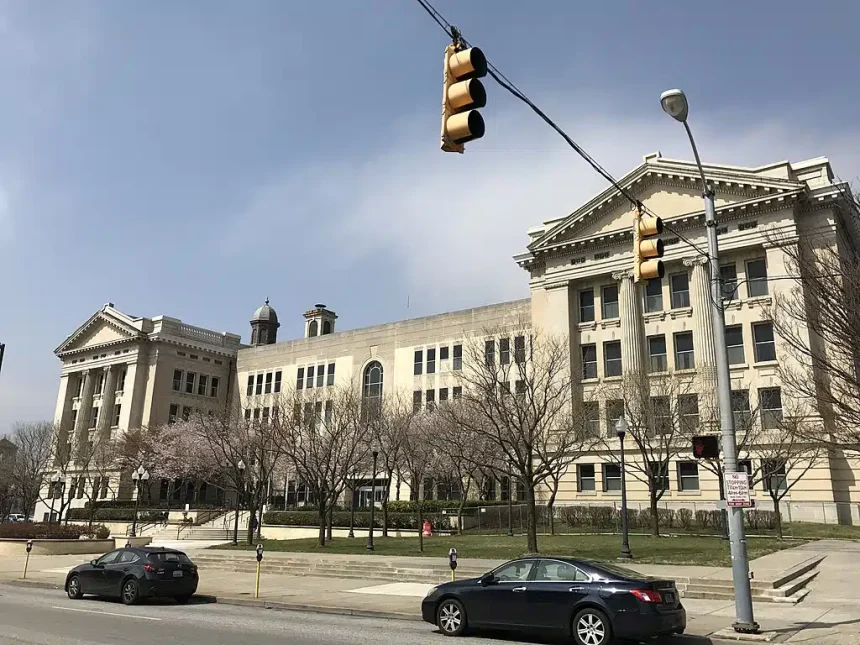When Destiny and her mother lost heat and electricity in their Baltimore rental home, it wasn’t just their comfort that was at risk — it was Destiny’s education. As a sophomore at a specialized public high school focused on health care careers, Destiny’s dream of becoming a pharmacist depended on her ability to show up to class every day. But without stable housing near a bus line, even getting to school became a daily struggle.
Their story reflects a broader crisis facing families in Baltimore, something Felicia Moore knows all too well. Moore, a community school coordinator at Renaissance Academy, grew up in the city herself and understands that for many students, unstable housing isn’t a side issue — it’s the main obstacle to succeeding in school.
While some schools tried to boost attendance with prizes, Moore recognized the deeper truth: students can’t thrive academically if they don’t have a stable home. “You can’t focus on math or science when you’re worried about where you’re going to sleep tonight,” she said.
Moore’s insights are supported by research. Studies have shown that children in unstable or poor-quality housing struggle more with attendance, behavior, and academic achievement. In contrast, safe, affordable housing can boost not just school performance, but the overall health and well-being of entire families.
In 2021, Maryland invested heavily in a “whole child” strategy, expanding community schools across the state. These schools act as hubs, connecting students and families with food, healthcare, and housing resources. But by 2022, Moore realized that simply referring families to outside agencies wasn’t enough. Families needed deeper, systemic support.
Alongside the Center for Restorative Change and a coalition of parents and social work students, Moore began organizing. They talked with residents, listened to their stories, and uncovered just how deep the housing crisis ran.

At the same time, the end of federal pandemic-era eviction protections left many Maryland families at risk. Housing advocates pushed for $175 million to extend rental assistance, but in 2023, only a fraction of that was secured with the passage of a new $10 million statewide housing voucher program.
Determined not to give up, community school leaders like Moore teamed up with housing advocates to try a new approach: linking rental assistance directly to community schools. Working with Maryland for Community Schools (MD4CS) and Renters United Maryland (RUM), they crafted Senate Bill 370 — legislation that would create a special Rental Assistance Fund just for families connected to community schools.
By tying rental support to education outcomes, advocates could build a larger, more unified coalition — and show lawmakers that helping families stay housed wasn’t just good social policy, it was critical to students’ success. Parents like Destiny’s mother shared their experiences with legislators, putting real faces to the statistics.
In the 2024 legislative session, the coalition secured a key victory: $2 million specifically for rental assistance for community school families, alongside an additional $10 million for low-income renters statewide. It wasn’t a complete solution, but it was a significant step toward preventing homelessness for vulnerable students.
Now, as Maryland faces fresh budget challenges in 2025, the alliance between housing and education advocates remains strong. Community school coordinators, once hesitant to see themselves as political players, have embraced their role as frontline advocates — connecting families’ struggles to broader systemic change.
Beyond the statehouse, the partnerships are making an impact in daily life too. Legal aid groups like the Pro Bono Resource Center of Maryland are working closely with schools to get tenants’ rights information directly into families’ hands at school events.
For Moore, the lesson is clear: to build real opportunity for students, schools must be part of a wider movement for justice — one that sees housing, education, and economic security as interconnected battles.
As she put it, “When we break down the walls between issues, that’s when we really start to win.”



